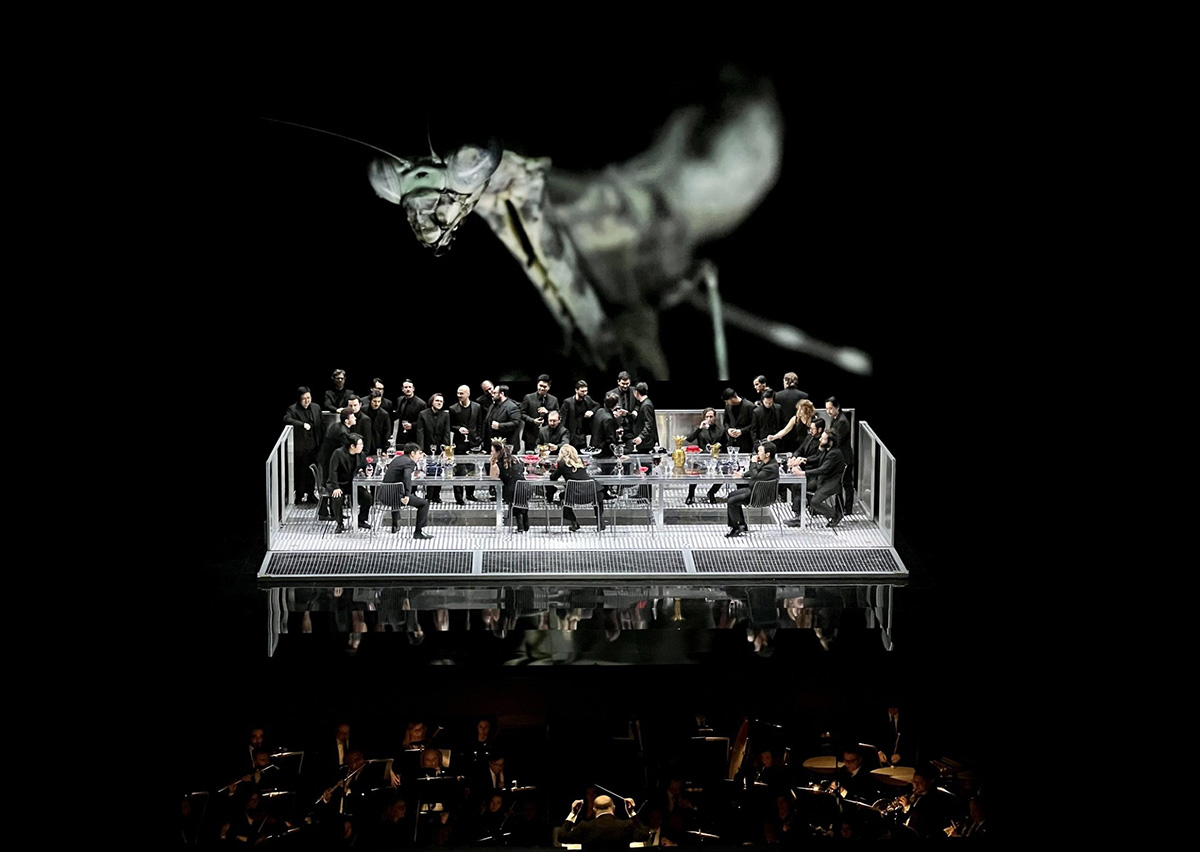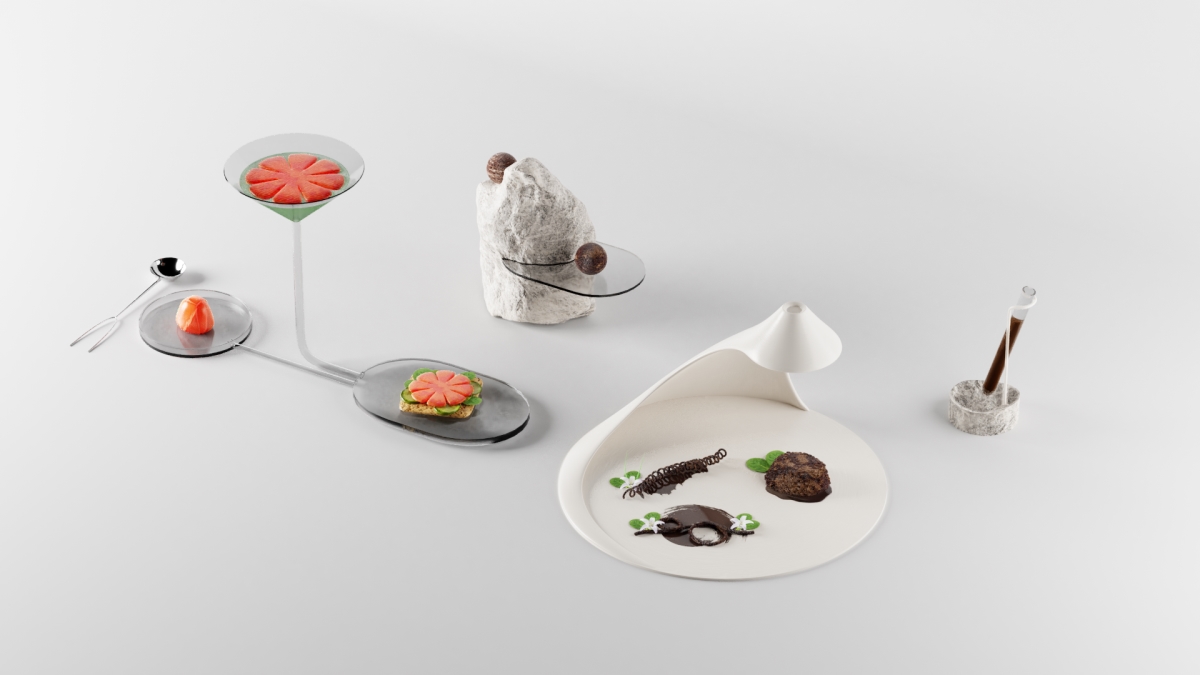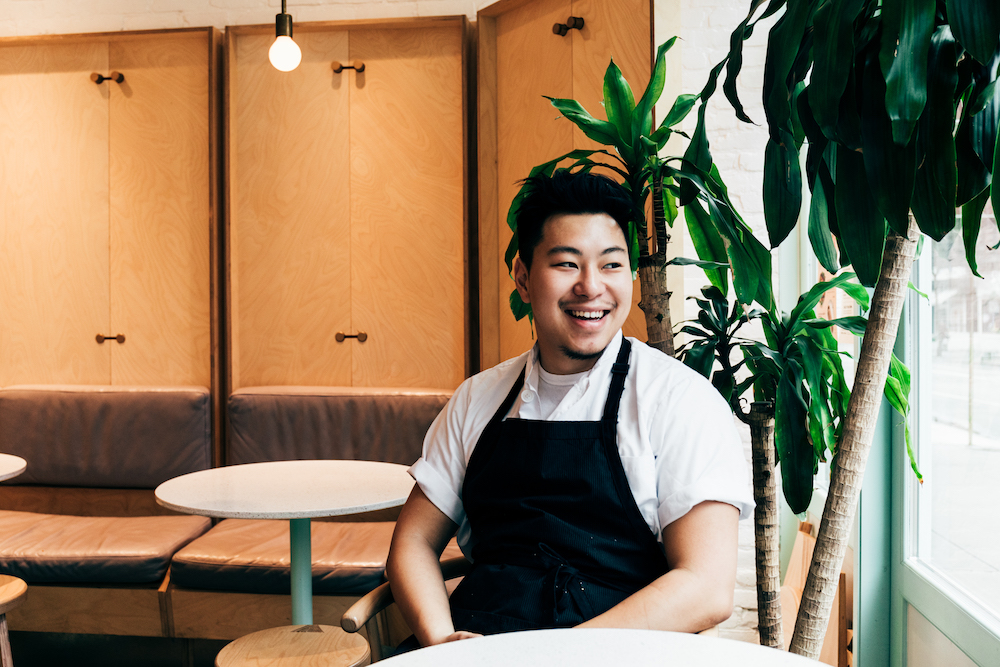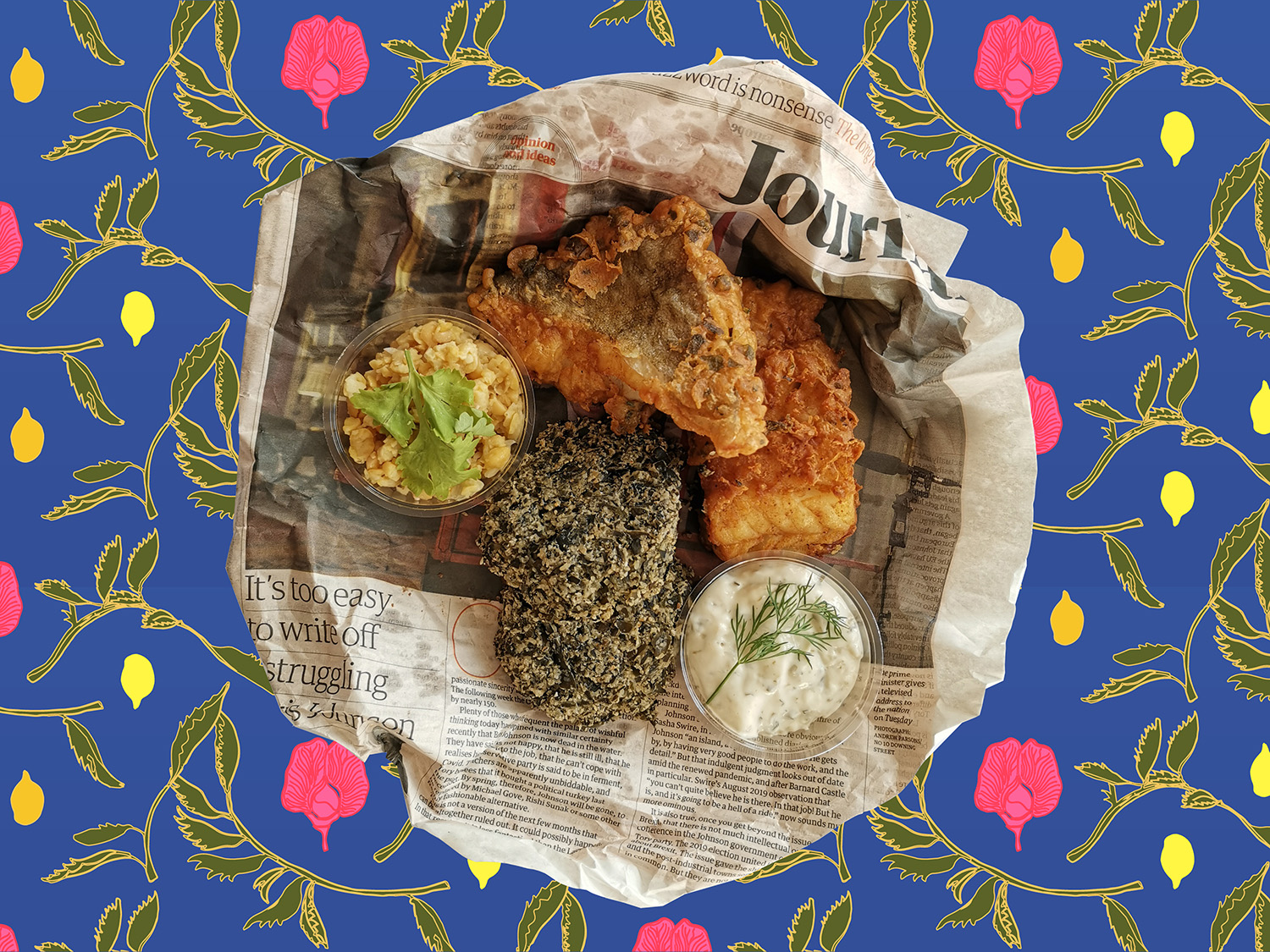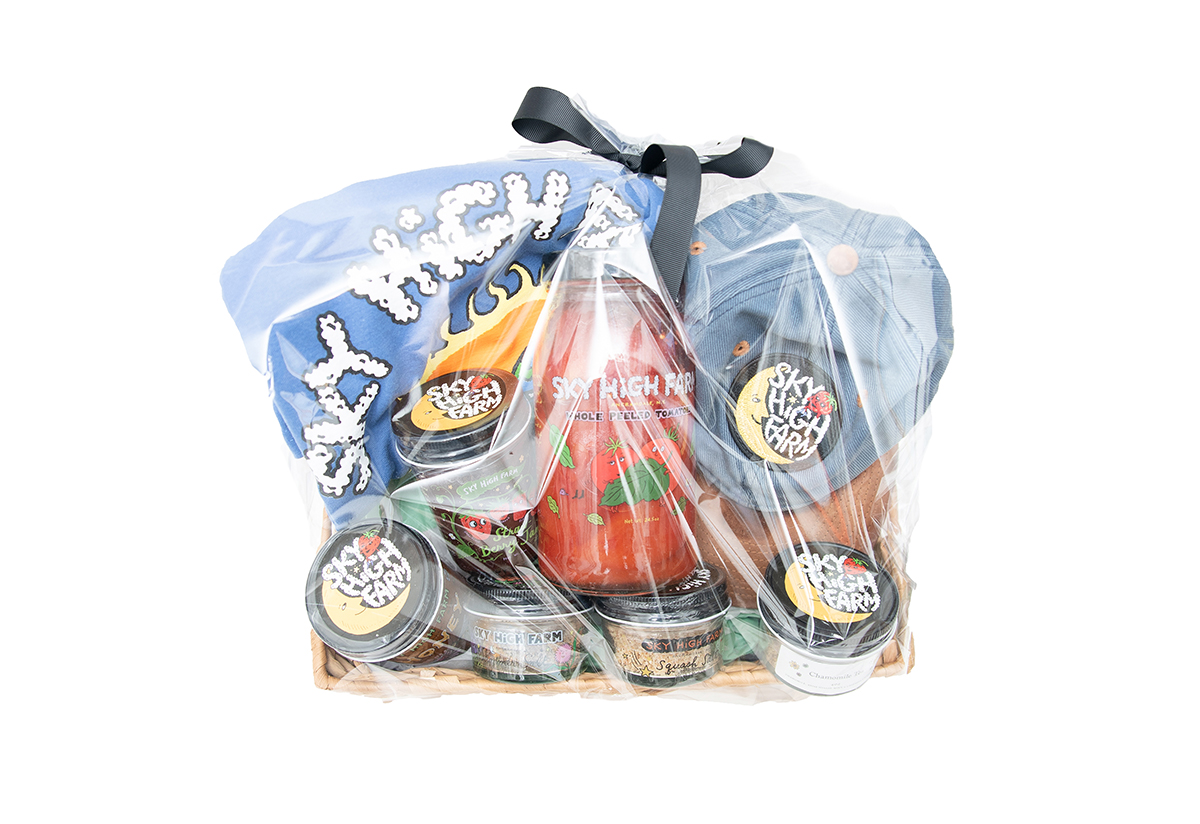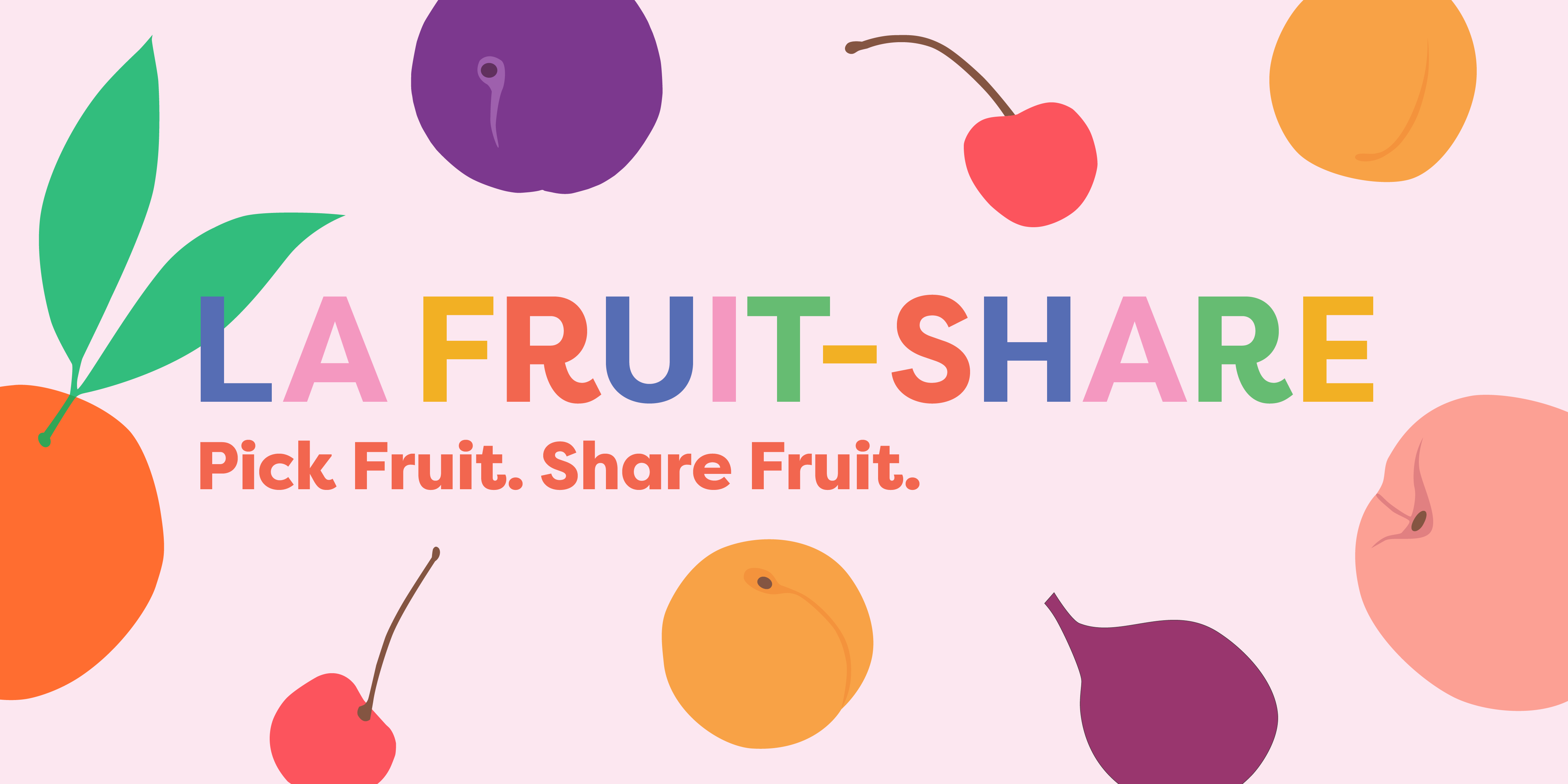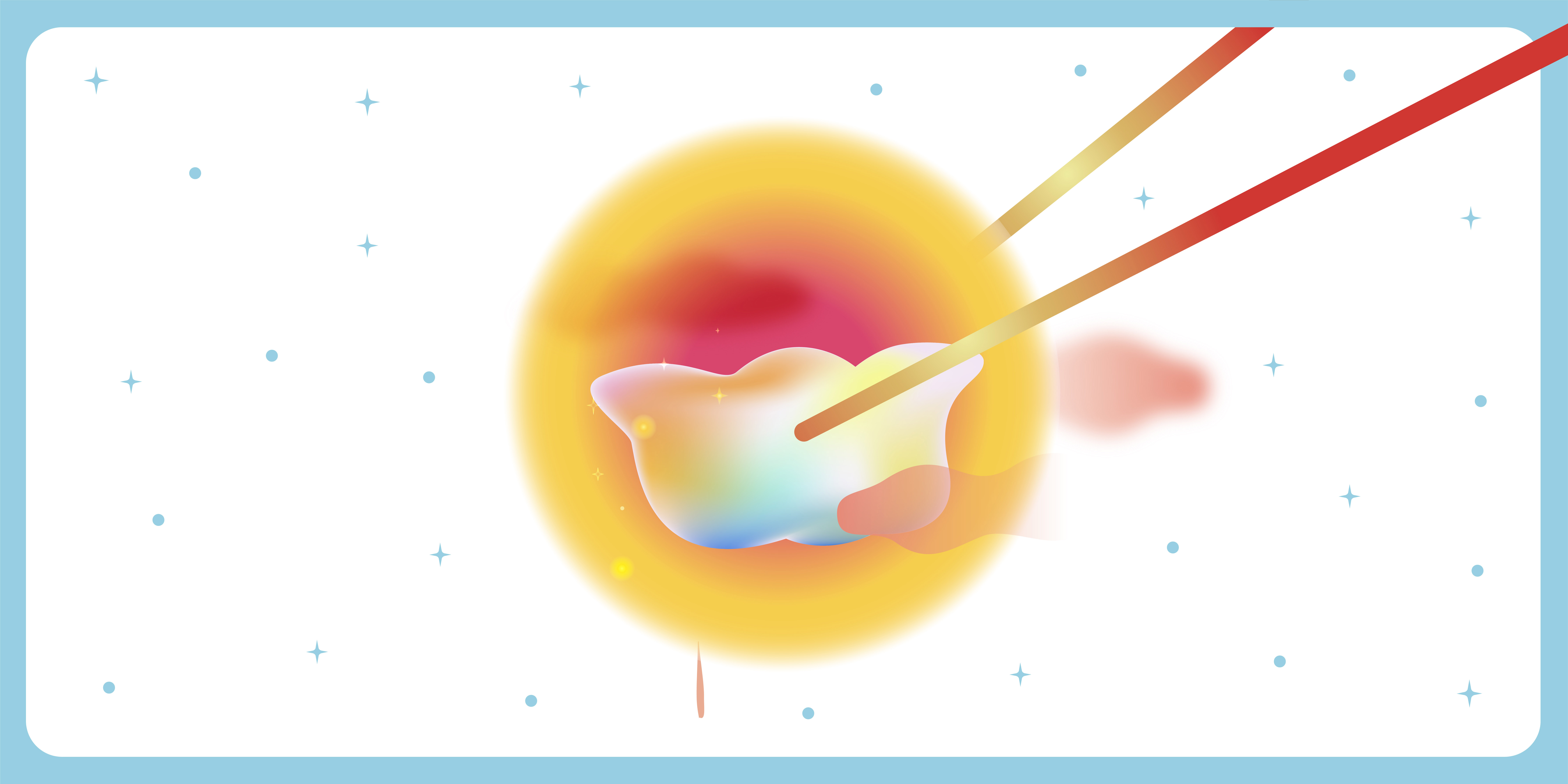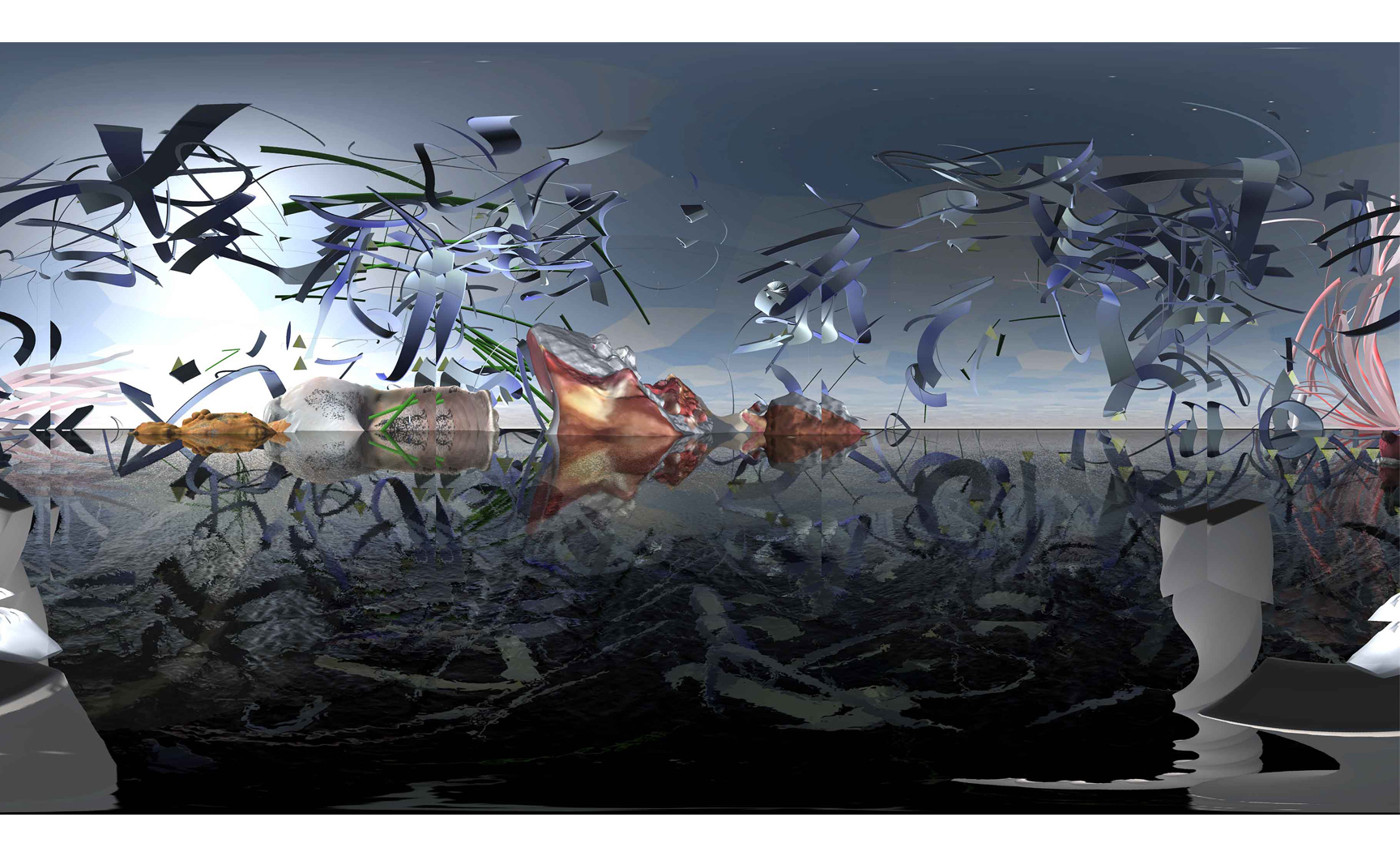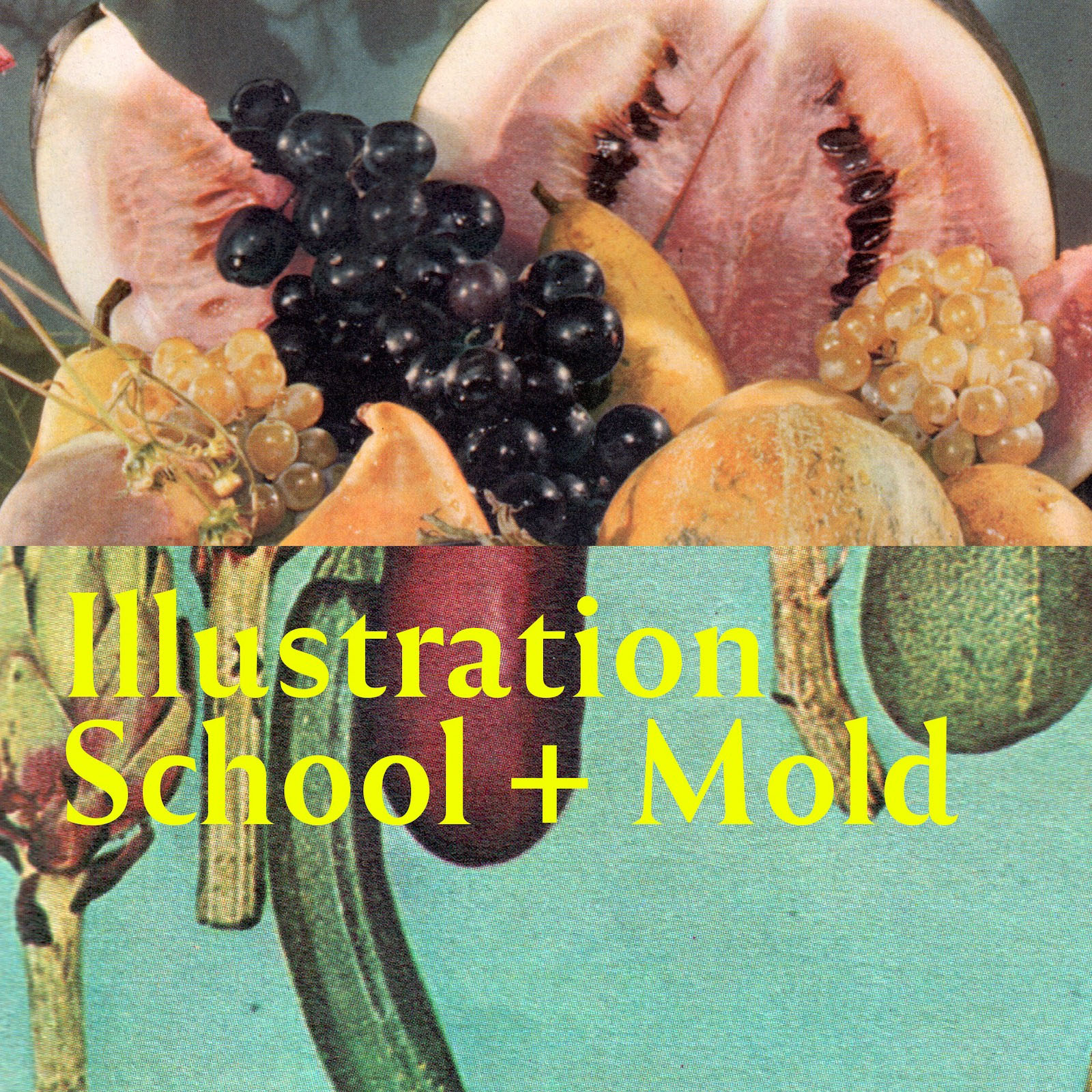In considering strategies for designers to employ when designing products and systems that can help feed 9 billion people by the year 2050, one avenue where design can make a marked difference is in designing a relationship between consumers and their food. This sort of intimacy and usability is central to the design toolbox—afterall, the field has been championing human-centered solutions for almost two decades.
Eating is one of the most intimate things we humans do. Every day, multiple times a day, we insert objects into our body and through the wonders of human biology, those objects become part of us. Design can be the tool to transform a thoughtless action in to a regular meditation on our relationships with the things around us. The Italian food designer Giulia Soldati takes this meditation as the central framework for Contatto, an ongoing investigation of how our relationship with food shifts when we do away with utensils and tableware and design food to be enjoyed and experienced with our hands and fingers through specific gestures. We speak with Soldati about Contatto and the joys of choreographed, multi-sensory, unmediated dining.
MOLD: What was the inspiration for Contatto?
Giulia Soldati: I am Italian and I have always been passionate about food. It is a bit of a cliché, isn’t it? But when I left Italy, I realized that this passion is the right tool to use as a designer to bring up discussions about our food culture and the ways we relate to it. Living in the Netherlands and studying in an international school put me in contact with a number of different cultures and food habits from all over the world, making me truly understand how much food is present in our daily lives without us even noticing it.
Food is what brings people together, makes them discuss, exchange and bond. But I had the feeling that nowadays, particularly in the modern West, we’re building up a lot of barriers between our sensory perception and the world around us, especially in relation to food.
I wanted to eliminate such barriers and bring back the feeling of surprise triggered by the act of receiving something in your hands and discovering the temperature and the texture right away. Imagine the feeling of a child when grandma placed a piece of bread directly in the hand and you could feel it was still warm. This is what guided me in the creation of Contatto. I decided to create a new “culture,” with its own etiquettes and gestures, to perceive food in a new and sensorial way, thanks to the amazing tools we already have: our hands.

Besides the pasta (above), what other foods have you designed for the experience?
Each course on the menu of the Contatto eating experience, which I call ‘touch,’ is studied, designed and shaped for the hand. So each and every touch is a design itself. So as the pasta is a food product I designed, in the same way all of the touches are designed gestures. The amount of food, the sequence of the ingredients, the sensation they provoke on the skin, how the hand will move to assemble or guide the food to the mouth, are all components that have been studied in order to make the eating experience a designed choreography.
In the journey of the creation of Contatto I was inspired by Japanese culture, where the food is sometimes prepared in front of eaters with technique and care. Also, I was inspired by the Indian culture, which developed precise gestures and technique to eat different types of grains with the fingers.
 The designer conducting a Contatto dining experience
The designer conducting a Contatto dining experience
You’ve been conducting experiences for the past two years—what are some of your learnings about multisensorial taste and touch?
Food, when perceived with all the senses (so not just through sight, taste and smell), is deeply related to emotions, intimacy and memory. At first, it is a true rediscovery of our own body, and sensoriality. Secondly, it helps remove the barriers between the outside and ourselves. There is also a magic bond between the people experiencing Contatto together.
As for the memory, one of the things that impressed me the most is when, after more than a month, a person could tell me the exact sequence of all the ingredients of an 8-course menu that I placed on his skin, while he usually doesn’t even remember what he has eaten the day before.

Why is it so important to explore gestures in the Contatto manual?
Gestures are body expressions and, therefore, aren’t less meaningful than verbal expression. Italian designer Bruno Munari wrote a book, Supplement to the Italian dictionary, to underline how a number of gestures entered the Italian culture, sometimes even substituting verbal expression. Every food culture has its own series of gestures: the way in which a particular food is eaten, the etiquettes around the table, among other things.

In the eating experience of Contatto, gestures become the expression of the beauty of eating with hands, new gestures. They are designed, and studied meticulously to trigger a tactile sensation in a specific part of the hand.
Therefore new meanings are given to body language in the Contatto experience, and the etiquettes around the table change as well. The act of removing cutleries and plates also removes the rules they’re tied to: instead of twirling the spaghetti around the fork, the pasta is twirled around the fingers and mixed on the palm. Spilling and licking is allowed.
